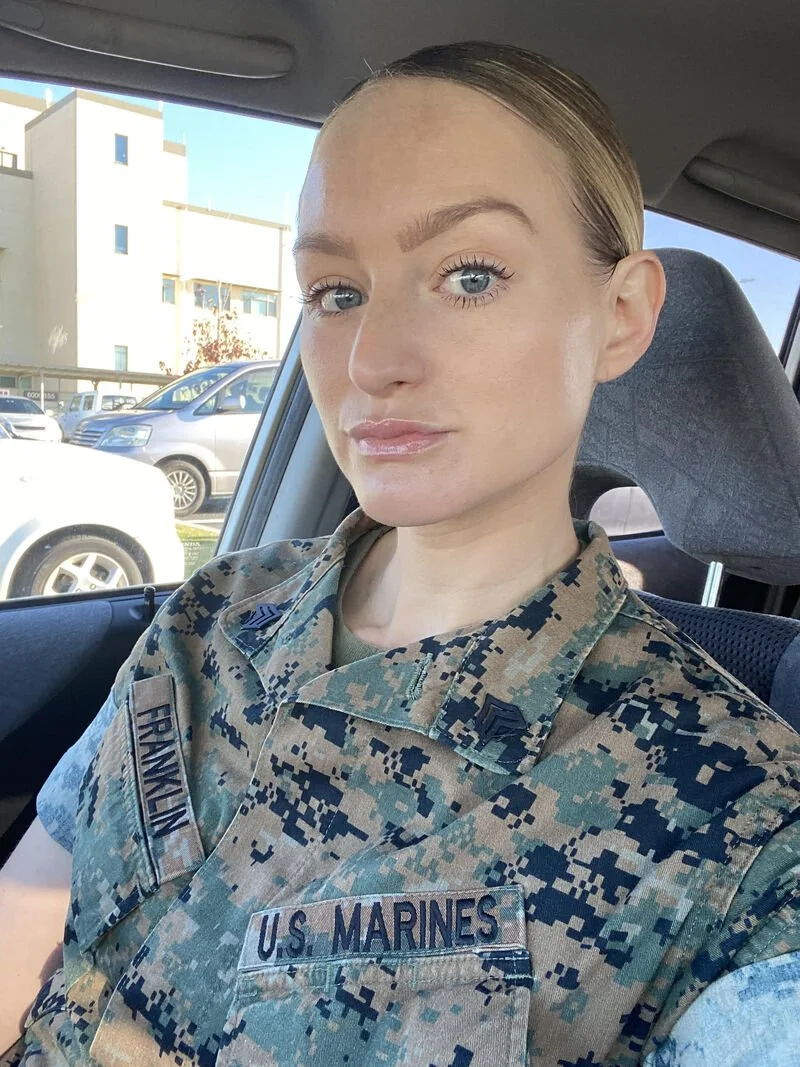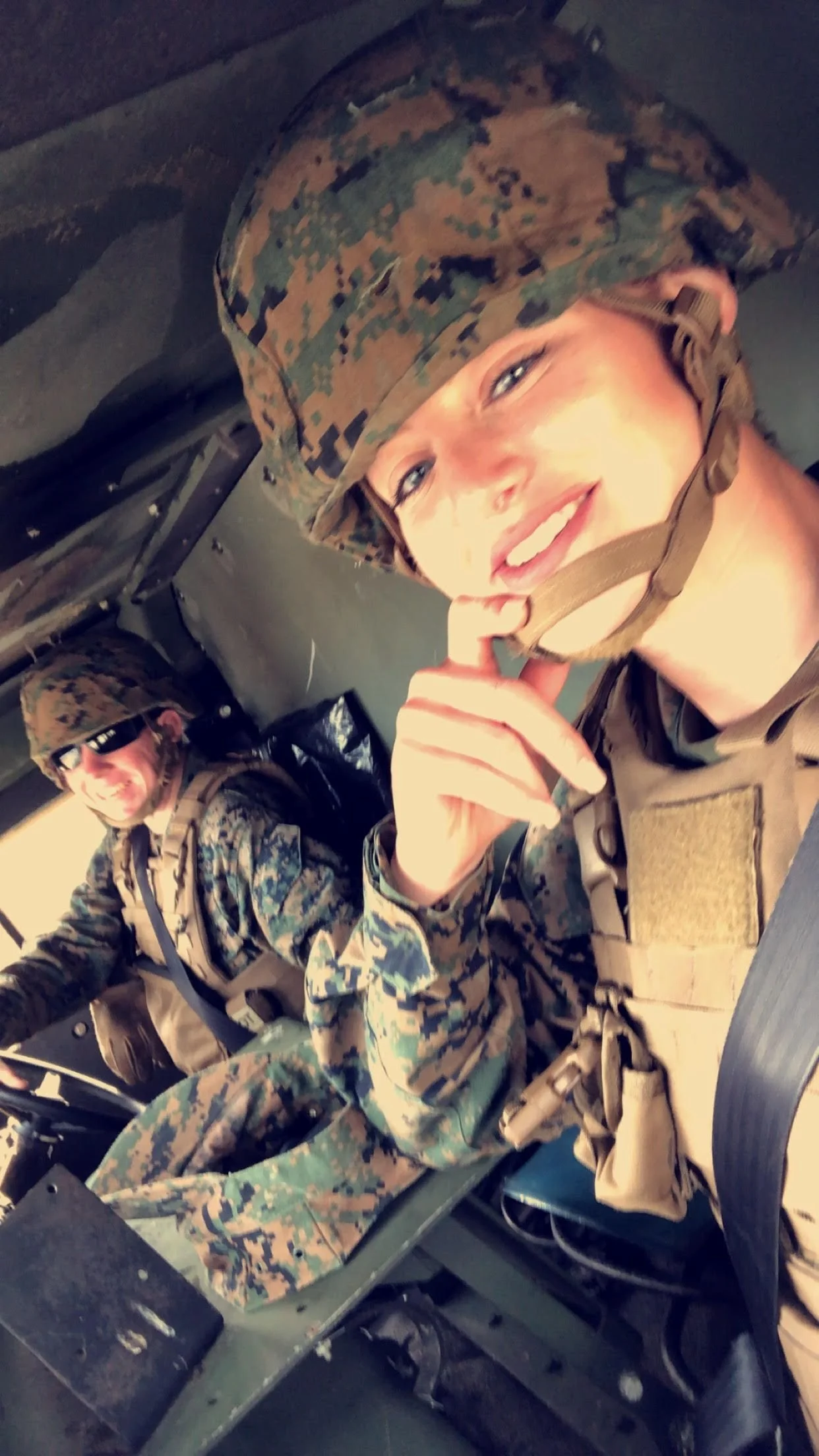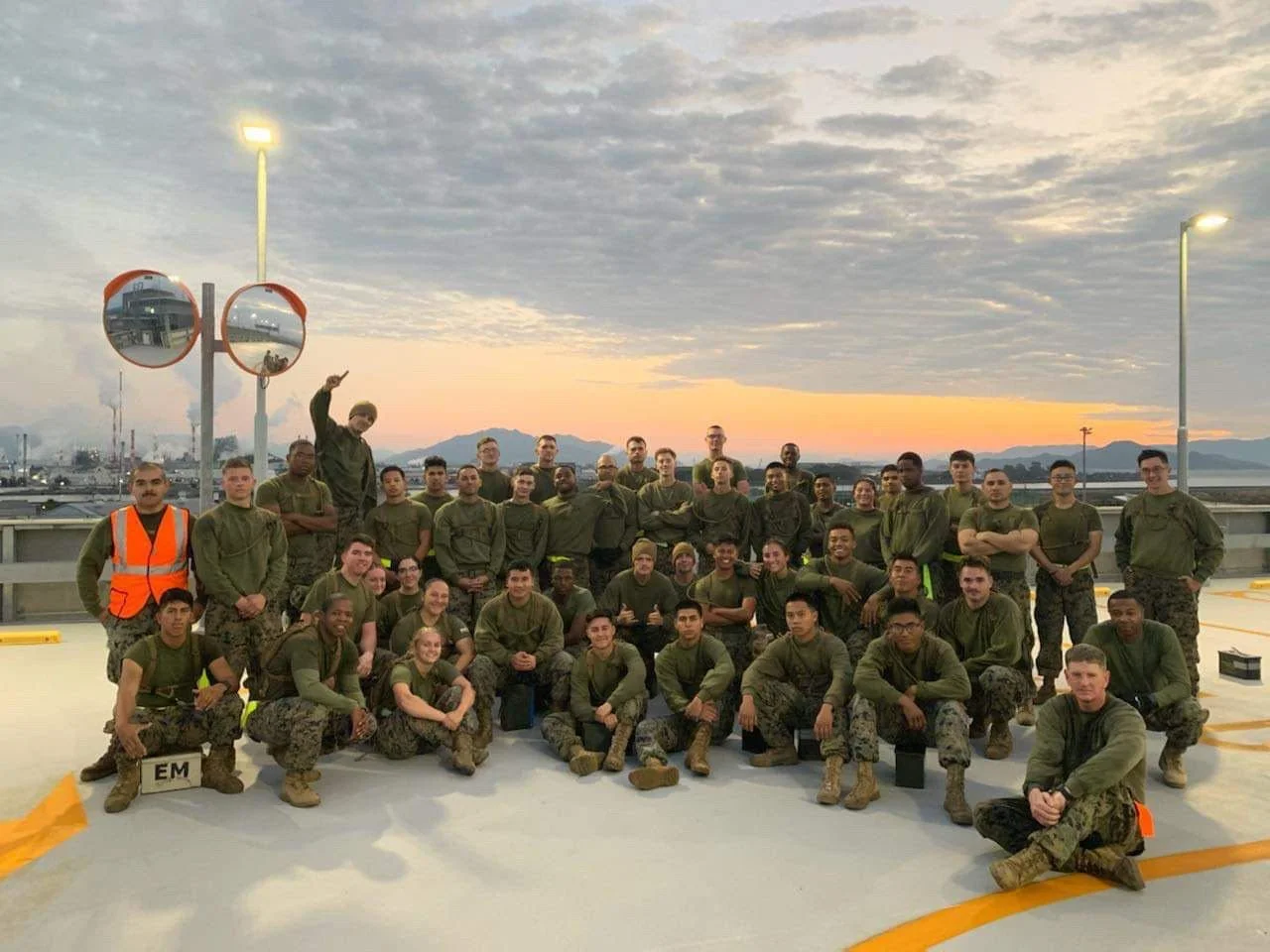Restoration Hall’s Commitment to Veteran Healthcare and Mental Wellness
At Restoration Hall, we understand that healing a veteran’s life means more than providing a roof or a meal — it means restoring the whole person. We take the healthcare of our veterans very seriously. While many face physical injuries or chronic illnesses, we know that some of the deepest wounds are unseen.
Conditions like Post-Traumatic Stress Disorder (PTSD), depression, anBxiety, and other behavioral health challenges often go untreated, yet they directly impact every area of a veteran’s life — from housing stability to employment, relationships, and overall well-being. These struggles too often lead to crisis or suicide.
We refuse to take these realities lightly. Behind every statistic is a human story, a hero who deserves care and dignity.
That’s why Restoration Hall has made mental health and suicide prevention central to our mission. We partner with trusted community health providers, veteran service organizations, and behavioral health specialists to ensure that every veteran has access to compassionate, confidential, and timely support. Through one-on-one counseling, group sessions, wellness programs, and peer mentorship, we’re building a community that values healing and hope.
Our goal is simple but urgent — to reduce the stigma around mental health, prevent veteran suicide, and help every veteran reclaim stability, strength, and self-worth.
At Restoration Hall, we stand with our veterans, offering not only services but also a renewed sense of belonging, purpose, and hope.
Restoration Hall Suicide Prevention & Veteran Wellness Program
Purpose
To reduce suicide risk among veterans and their families in the Ohio Valley through coordinated prevention, crisis response, and peer-based support — ensuring no veteran is left behind.
1. Program Overview
Restoration Hall’s Suicide Prevention & Veteran Wellness Program will combine three key components:
Crisis Support Hotline (Veteran-to-Veteran Model)
A 24/7 local hotline operated by trained staff and veteran peers, offering immediate emotional support and referral to crisis and behavioral health resources.Goal: Provide immediate, compassionate intervention before crises escalate.
Scope: Serves Belmont County and surrounding Appalachian counties.
Coordination: Linked to the 988 Suicide and Crisis Lifeline, not competing with it, but providing local follow-up, check-ins, and community linkage.
Community Outreach & Education
Targeted outreach to increase awareness, reduce stigma, and promote suicide prevention literacy among veterans, families, and service providers.Workshops: “Know the Signs” and “Safe Talk” training events in collaboration with VA, local health departments, and mental health boards.
Community Events: Participation in county fairs, veteran gatherings, and local church or civic events.
Partner Network: Law enforcement, first responders, and veteran advocates.
Peer Support & Follow-Up Care
Trained veteran peer specialists provide post-crisis follow-up, home visits, and recovery mentoring.Approach: Trauma-informed, strength-based care.
Focus: Rebuilding social connection, housing stability, and personal purpose — key protective factors against suicide.
2. Implementation Steps
Phase 1: Planning & Partnerships (Months 1–3)
Formalize partnerships with:
Belmont County Veterans Service Office
Belmont County Mental Health & Recovery Board
VA Wheeling/Bellaire Outreach Clinic
Local 988 Regional Call Center
Identify funding sources: CDC’s Comprehensive Suicide Prevention, ARC POWER, or SAMHSA’s Garrett Lee Smith grant.
Develop Memorandums of Understanding (MOUs) with partners for referral coordination and data sharing.
Recruit initial staff and veteran peer mentors.
Phase 2: Infrastructure & Training (Months 4–6)
Establish hotline infrastructure:
Local number integrated with 988 Lifeline protocols.
Backup routing to regional call center.
Secure phone and data systems (HIPAA-compliant).
Train all staff and volunteers in:
Applied Suicide Intervention Skills Training (ASIST)
SafeTALK or QPR (Question, Persuade, Refer)
Trauma-informed care and confidentiality standards.
Develop program branding: “Restoration Connect: Veterans Crisis & Wellness Line”
Phase 3: Launch & Public Awareness (Months 7–9)
Soft launch with limited hours to test systems and refine protocols.
Full community rollout with local press release, social media, and veteran network promotion.
Begin community workshops, outreach visits, and peer support follow-ups.
Phase 4: Evaluation & Expansion (Months 10–12 and beyond)
Collect data: call volume, referral outcomes, participant satisfaction.
Hold quarterly partner review meetings.
Expand capacity — add regional counties or weekend outreach teams.
Seek sustainable funding through federal grants and local donations.
3. Staffing Model
Role Key Responsibilities FTE Program Director Oversight, grant reporting, partner coordination 1.0 Crisis Line Coordinator Manages hotline operations, training, scheduling 1.0 Peer Support Specialists (Veterans)Direct support, follow-ups, outreach 2.0 Licensed Clinical Consultant Supervisory support, clinical oversight 0.25 Volunteer Team Event staffing, resource distribution Variable
4. Program Metrics & Outcomes
Focus Area Measurement Target Crisis Hotline Number of calls received / answered 90% response rate Referral Follow-Up% of callers receiving follow-up within 72 hours 85%Community Training# of individuals trained in suicide prevention 300 annually Veteran Wellness Improvement in housing stability, connection, and well being+20% over base line Suicide Reduction 5-year reduction in veteran suicide deaths in Belmont County-10%
5. Sustainability Strategy
Federal/State Grants: CDC, SAMHSA, VA SSG Fox Grant, and ARC POWER Initiative.
Local Partnerships: In-kind office space, shared staff with county services.
Community Sponsorship: Local businesses and veteran organizations.
Public Visibility: Annual “Veterans Wellness & Resilience Week” to maintain awareness.
Program Vision
“Restoration Hall’s Veteran Wellness and Suicide Prevention Program ensures that every veteran in the Ohio Valley has someone to call, someone who understands, and somewhere to turn—before it’s too late.”
Veteran Suicide in the Ohio Valley and Surrounding Areas — A Comprehensive Overview
Suicide among U.S. veterans is a persistent public-health crisis — and the Ohio Valley and Appalachian regions reflect a particularly acute portion of that burden. Nationwide, the VA reported 6,407 veteran suicide deaths in 2022. This national context underscores the scale of the problem and the urgent need for locally tailored prevention strategies. VA Mental Health
Scope and recent trends in Ohio
In Ohio, veteran suicide is a clear and growing concern. In 2022, Ohio documented hundreds of veteran suicide deaths, and statewide analyses have shown sharp increases over the past decade. State reporting found that the rate of suicide among veterans increased substantially in the 2010s — rising roughly 49% between 2010 and 2019 — a trend that highlights worsening risk factors for veterans in Ohio if unaddressed. These statewide trends are mirrored in county and regional data across the Ohio Valley. dbh.ohio.gov+1
The Ohio Valley / Appalachian risk environment
The Ohio Valley and Appalachian counties (including Belmont County and neighboring counties) contain a convergence of risk factors that elevate suicide risk for veterans:
• Rural isolation and limited access to behavioral health care. Many communities in our region are medically underserved; sparse mental-health provider networks, long travel distances, and limited public transportation reduce veterans’ ability to obtain timely care. Research and regional analyses repeatedly link higher veteran suicide rates to rurality and social isolation. PMC+1
• Economic stressors and social determinants. Persistent economic hardship, housing instability, unemployment, and substance use — all more common in distressed Appalachian counties — increase vulnerability to suicidal thinking and make recovery harder without multi-sector supports. Local community health assessments document these social determinants across Belmont County and the Ohio Valley. belmontcountyhealth.com
• Lethal means — firearms. Firearms are the leading method for veteran suicides nationwide and in Ohio. The prevalence of firearms in rural households combined with acute crises increases the lethality of suicide attempts; means-reduction (safe storage, temporary transfer during crises) is therefore a critical prevention lever. Ohio Suicide Prevention Foundation+1
Who is most affected
While veteran suicide is seen across age groups, recent VA analyses indicate elevated rates among younger veterans (for example, ages 18–34) alongside middle-aged cohorts — a shift from historical perceptions that veteran suicide primarily affects older veterans. This demographic pattern means prevention and outreach must reach younger, often working-age veterans who may be juggling employment, family, and reintegration stressors. VFW+1
Why local, integrated, veteran-focused responses matter
National reports provide the broad picture, but county-level programs are essential because risk drivers and service gaps differ locally. In the Ohio Valley, an effective prevention strategy must combine:
Housing stability and basic needs support (reducing stressors that precipitate crises),
Low-barrier behavioral health access (telehealth, mobile clinics, and locally based clinicians),
Peer support and veteran-led outreach (trusted messengers who reduce stigma),
Means-safety interventions tailored to firearm-owning communities, and
Cross-sector coordination between veterans’ service offices, health departments, law enforcement first-responders, and nonprofits.
Evidence and regional reports emphasize that multi-component programs that address both upstream drivers (housing, employment, social connection) and immediate clinical needs produce the best outcomes. tos.ohio.gov+1
What this means for Restoration Hall and the region
For organizations like Restoration Hall working in the Ohio Valley, the implications are direct: suicide prevention must be woven into everyday services — not only as crisis response but as prevention embedded within housing, peer mentorship, workforce supports, and community reintegration. Locally grounded programs that partner with the Belmont County Veterans Service Office, regional behavioral-health providers, and public-health entities can close critical gaps by:
identifying veterans at risk earlier through outreach and housing/benefits casework;
offering rapid linkage to care via telehealth, mobile clinics, and peer navigators; and
implementing community-appropriate means-safety initiatives and education.
In short, addressing veteran suicide in the Ohio Valley requires both clinical and social interventions — and coordinated, veteran-centered approaches in our region can meaningfully reduce risk, save lives, and restore hope for veterans and their families. VA Mental Health+1
Comprehensive Suicide Prevention and Veteran Wellness Initiative
At Restoration Hall, we recognize that the challenges faced by our nation’s veterans extend far beyond physical wounds. The invisible struggles—emotional pain, social isolation, and the loss of purpose after military service—can often lead to mental health crises and, tragically, suicide.
Our Comprehensive Suicide Prevention and Veteran Wellness Initiative is dedicated to addressing these challenges head-on through early intervention, community connection, and compassionate support.
This initiative builds on Restoration Hall’s existing programs in housing rehabilitation, peer mentoring, and restorative community services. By integrating suicide prevention strategies into our daily mission, we aim to reach veterans and their families before crisis occurs—creating pathways to hope, stability, and belonging.
Through collaboration with local partners such as the Belmont County Veterans Service Office, behavioral health providers, and regional nonprofits, Restoration Hall is working to:
Promote awareness and education around suicide prevention and mental health.
Strengthen protective factors such as housing stability, employment support, and social connection.
Establish peer-based recovery and wellness programs tailored to the unique needs of veterans in rural Appalachian communities.
Build a coordinated response network that ensures no veteran is left behind.
By focusing on prevention through connection, Restoration Hall continues its mission to restore lives, rebuild communities, and renew hope—one veteran at a time.
“Veteran Spotlight: Gabrielle Franklin – Advocating for Access and Change”
Most vets I know will advocate for everyone but themselves.
I know because I’ve been one of them.
The suicide rate among women veterans is 92% higher than that of non-veteran women.
For male veterans, the rate is almost 60% higher!
When a veteran is in crisis or needs an appointment, wait times can take 3–6 months, sometimes longer!
Even when vets express a need for help, it’s not always taken seriously, and key issues get overlooked ALMOST ALL the time.
Those who aren’t able to advocate for themselves are the ones who truly suffer.
We need to fix the system.
But until it changes, there are ways to get the help you need. If you need care right away and can’t afford to wait six months, don’t pay out of pocket. You earned the right to care due to your service.
Here’s how to override the delay:
Request Community Care (VA MISSION Act).
You only need to meet one eligibility path, not all.
You can be seen by a VA-approved provider outside the VA, paid for by the VA once authorized. Key examples:
-Wait-time access standard: if VA can’t schedule specialty care within 28 days (primary care: 20 days).
-Drive-time standard: if you’re 60+ minutes from specialty care (30+ for primary care).
-Best medical interest: your VA clinician determines you’re better served by a community provider (timeliness, complexity, frequency, etc.).
-Quality or Continuity of Care (38 C.F.R. §17.4010(a)(3)): You were seen but did not receive adequate or timely follow-up care (for example: abnormal labs or worsening symptoms ignored for months).
-Needed service not available at your VA facility (or other statutory criteria under 38 U.S.C. §1703).
When one of these applies, ask your provider to convert your referral to Community Care under the MISSION Act so you can be scheduled with a local network specialist way FASTER.
Why wait months when you can get care the next day?
These rules are in place to help you. It's just that most just don’t know how to access them.
You did your time. Now let them repay you. Don't wait on the VA...
Official VA eligibility page:
https://lnkd.in/gSgziSz8
Suicide stats:
https://lnkd.in/gS6vMQs5
Ms. Kortney L. Hilson-Pitts, MSW, LGSW, leads Restoration Hall’s Healthcare Department with more than a decade of experience in mental health and social work. A licensed Graduate Social Worker with a Master’s degree from West Virginia University, she specializes in family therapy, group therapy, substance abuse treatment, and behavioral health counseling.
Her professional journey includes serving as a therapist at Cedar Ridge Behavioral Health Solutions, clinical therapist at the Robert C. Byrd Center, and social worker with Valley Hospice. Across these roles, she has guided individuals, families, and veterans through critical health, recovery, and life transitions with compassion and expertise.
In addition to her professional roles, Ms. Pitts is deeply rooted in community service. She serves as Assistant Secretary for the Belmont County NAACP and as a Deacon and lifelong member of Apostolic Faith Temple.
At Restoration Hall, Ms. Pitts oversees healthcare and wellness initiatives, ensuring that veterans and families receive holistic, high-quality care. Her leadership integrates clinical skill, community connection, and a belief that “mental health is not a destination, it’s a journey.”








